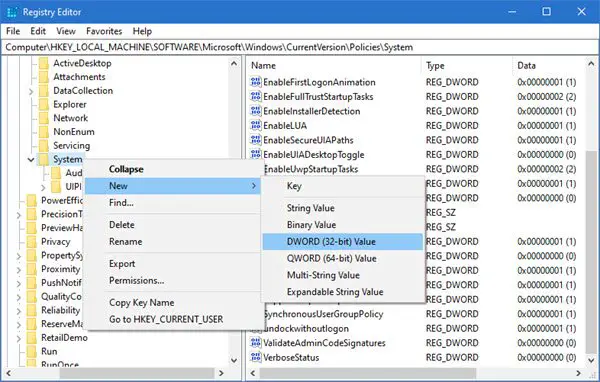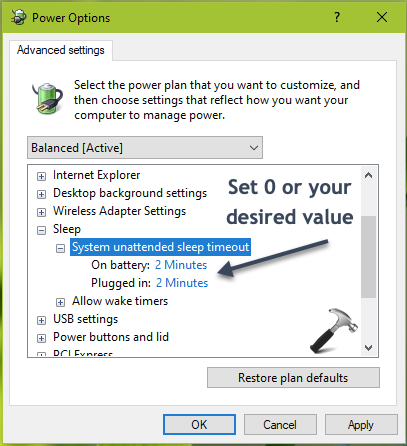

We can find it in Computer Configuration -> Windows Settings -> Security Settings -> Local Policies -> Security Options. The policy is called Interactive logon: Machine inactivity limit. In Windows Server 2012/Windows 8 or newer, there is a separate computer security policy that sets a computer inactivity time. Once done, screen saver and screen lock settings will be protected from editing in the Windows interface.

Then wait for it to update on the clients or refresh them manually with the command: gpupdate /force.Enable all policies and set a computer idle time in the Screen saver timeout policy.There are some options to manage screen saver and screen lock settings in the GPO section:.Then edit the policy edit and go to the User Configuration -> Policies -> Administrative Templates -> Control Panel -> Personalization.Open the Group Policy Management console (gpmc.msc), create a new GPO object, and link it to the domain root.Initially, we will create and configure a domain Group Policy to manage screen lock options: Today, let us see how we can enable Windows Lock Screen after inactivity via GPO (Group Policy) on domain computers or servers. However, the auto-lock screen policy can fix this flaw.Īs part of our Server Management Services, we assist our customers with several Windows queries. Most often we forget to do that, leaving it vulnerable for anyone to access. Can’t enable Windows Lock Screen After Inactivity via GPO? We can help you.Īn important information security element is to lock the computer screen when not in use.


 0 kommentar(er)
0 kommentar(er)
